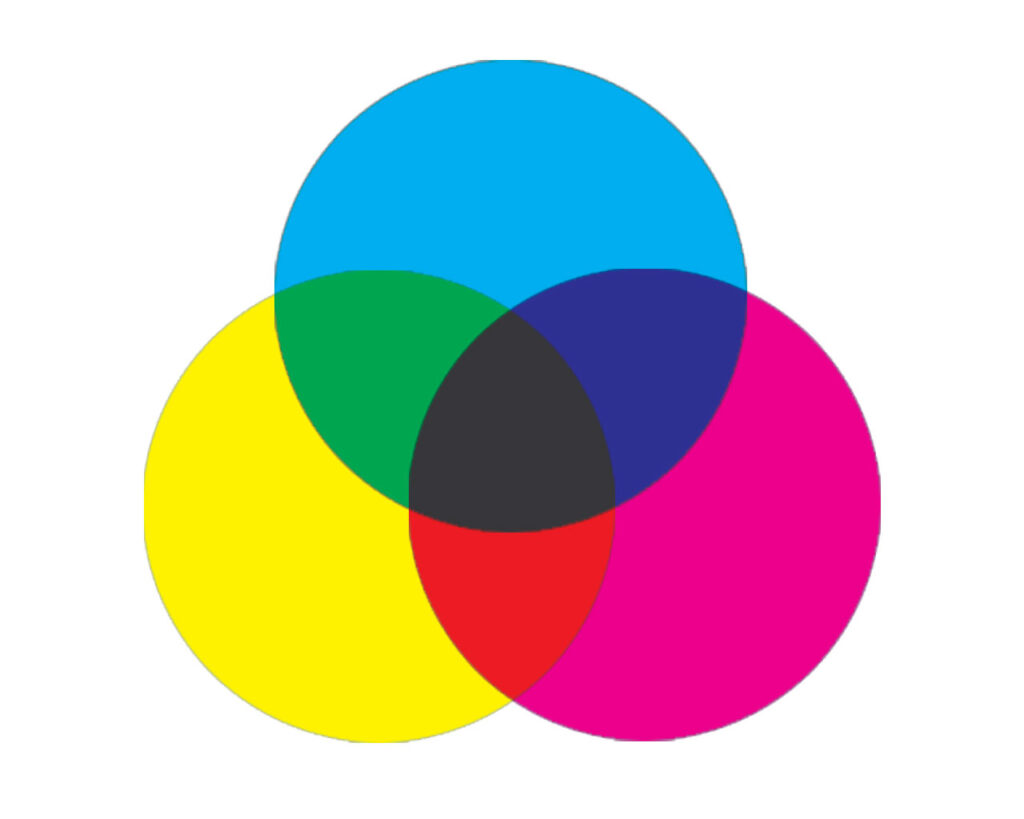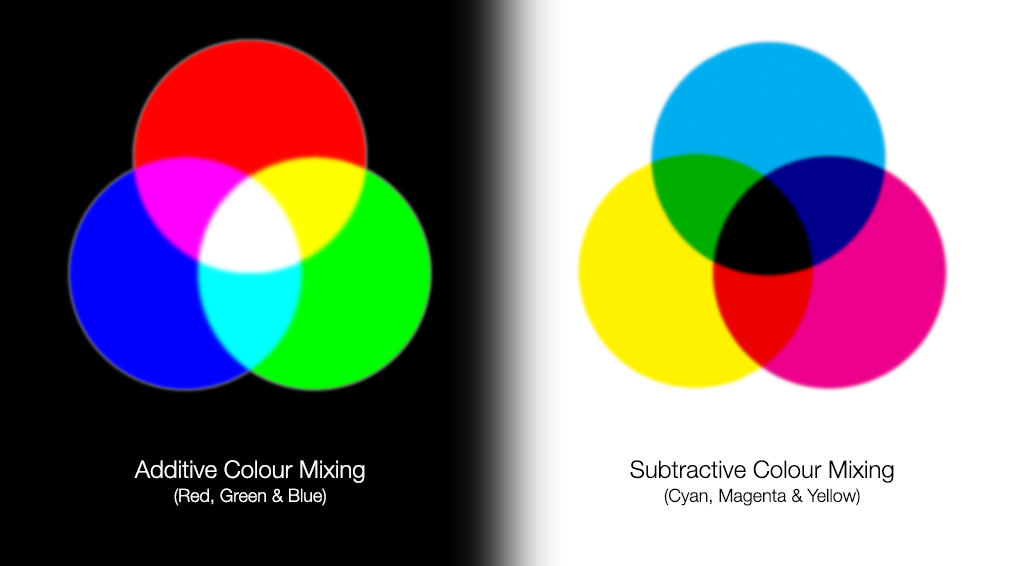Color is a powerful tool in photography, influencing mood, storytelling, and visual appeal. While many photographers are familiar with the additive color model (RGB), the subtractive color model is equally essential, particularly when dealing with pigments and printed images. This article explores the principles of subtractive color theory, its application in photography, and practical tips for leveraging this concept to enhance your photographic work.
What is Subtractive Color?
The subtractive color model is based on the principle of color mixing through pigments, inks, or dyes. Unlike additive color, which involves light, subtractive color relies on the absorption and reflection of light by materials. The primary colors in this model are Cyan, Magenta, and Yellow (CMY). When mixed together in varying proportions, these colors can create a broad spectrum of other colors.

- Cyan: Absorbs red light and reflects blue and green.
- Magenta: Absorbs green light and reflects red and blue.
- Yellow: Absorbs blue light and reflects red and green.
When combined in equal amounts, the three primary colors of subtractive color produce a near-black color, as they absorb most wavelengths of light.
The Science Behind Subtractive Color
It works by removing (or subtracting) wavelengths of light. When light strikes a colored surface, certain wavelengths are absorbed while others are reflected. The perceived color is determined by the wavelengths that are reflected back to the observer’s eyes.
For example:
- Mixing cyan and yellow produces green, as the cyan pigment absorbs red and the yellow pigment absorbs blue, leaving only green light to be reflected.
- Mixing magenta and yellow creates red, as cyan is absorbed, allowing only red wavelengths to reflect.
Understanding this mixing principle is crucial for photographers, especially when dealing with printed images or manipulating colors in post-production.

Application of Subtractive Color in Photography
1. Color Mixing with Pigments
When creating images using physical media, such as painting or using colored filters, subtractive color mixing is vital.
- Colored Filters: Photographers can use colored filters over their lenses or lights to manipulate the colors in their images. For example, using a cyan filter will absorb red light, altering the colors in the resulting photograph.
- Print Processes: Understanding subtractive color is essential when preparing images for printing. The CMYK color model (Cyan, Magenta, Yellow, and Black) is the standard in printing, where black (K) is added to improve depth and detail.
2. Post-Processing Techniques
Digital photography allows for extensive color manipulation in post-processing. Knowing how to apply subtractive color principles can enhance your editing skills.
- Color Correction: Use software like Adobe Lightroom or Photoshop to adjust colors based on subtractive principles. For instance, if an image appears too warm, you can reduce the yellow and magenta hues to achieve a cooler tone.
- Creating Depth: Manipulating the color balance in your photos can add depth and dimension. Adjusting the levels of cyan, magenta, and yellow can create a more nuanced and visually engaging image.
3. Color Theory in Composition
Understanding subtractive color theory can greatly improve your photographic compositions:
- Harmonious Compositions: Create harmonious images by using colors that are adjacent on the color wheel. For example, using blue and green can create a soothing, cohesive look.
- Contrast for Impact: Use contrasting colors to create visual tension. For instance, pairing magenta with green can draw attention to a specific subject in your composition.
Practical Experiment: Exploring Subtractive Color
To deepen your understanding, conduct the following experiment:
Materials Needed:
- Camera
- Colored pigments or inks (Cyan, Magenta, Yellow)
- White backdrop
- Color mixing palette
- Photo editing software
Steps:
- Set Up Your Workspace: Arrange a white backdrop and gather your colored pigments or inks.
- Mix Colors: Experiment with mixing your primary colors (cyan, magenta, and yellow) on a palette. Document the resulting colors and take photographs of your mixtures.
- Capture Images: Photograph the mixed colors against the white backdrop. Pay attention to how different lighting affects the perception of the colors.
- Post-Process Your Photos: Import your images into photo editing software and experiment with adjusting the color balance. Try to replicate the subtractive mixing you did physically in your edits.
- Analyze Your Results: Review your images and assess how understanding subtractive color influenced the final outcome. Consider how the color adjustments enhanced the overall composition.
Conclusion
The subtractive color model is a fundamental aspect of color theory that is essential for photographers, especially when working with pigments, prints, and post-processing. By understanding how colors mix and interact through subtraction, you can enhance your work’s emotional and visual impact. Whether through thoughtful color choices in composition, careful manipulation of filters, or skilled post-processing, leveraging subtractive color can elevate your photography to new heights. Embrace this knowledge and watch your images transform through the power of color!
